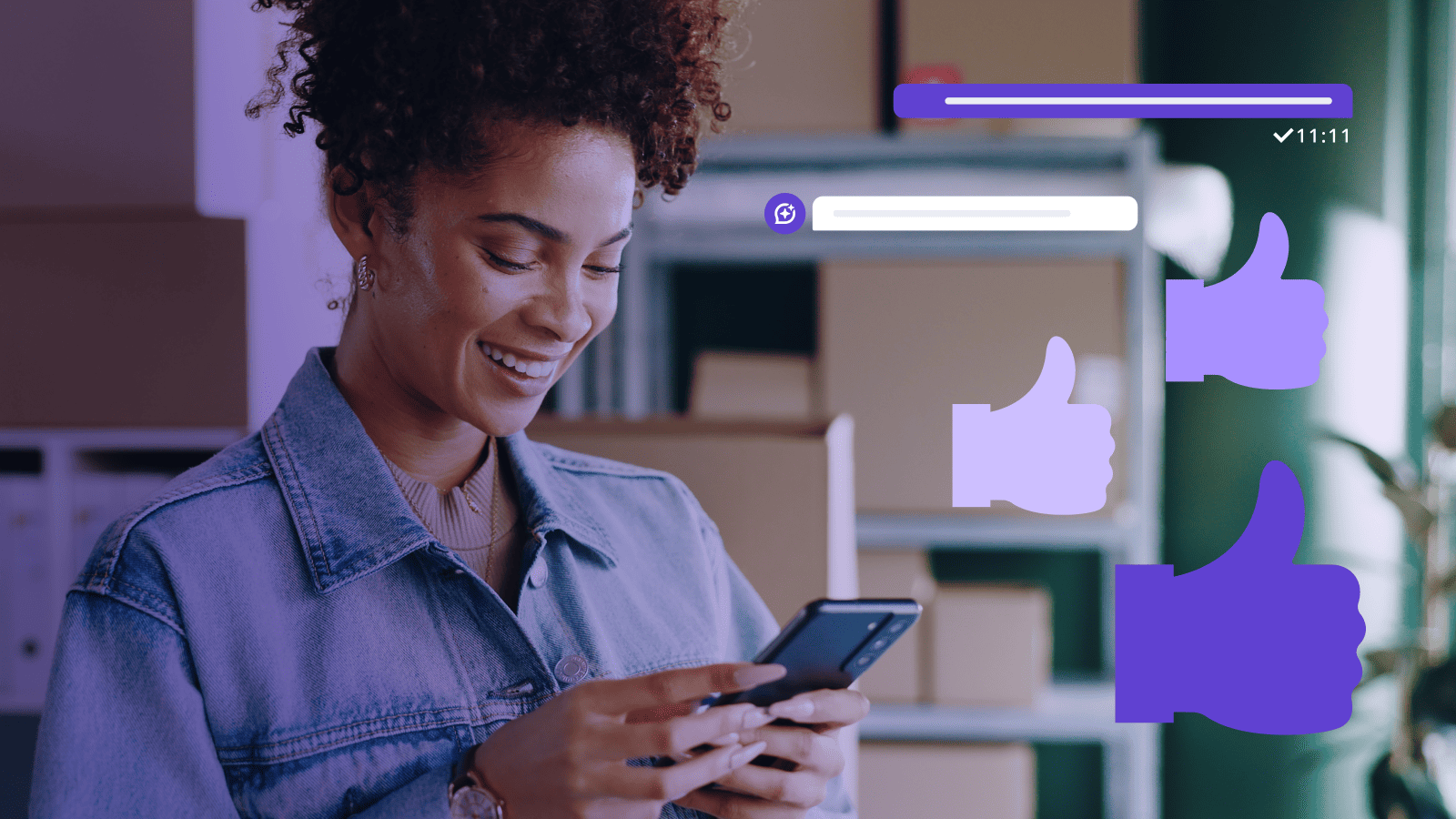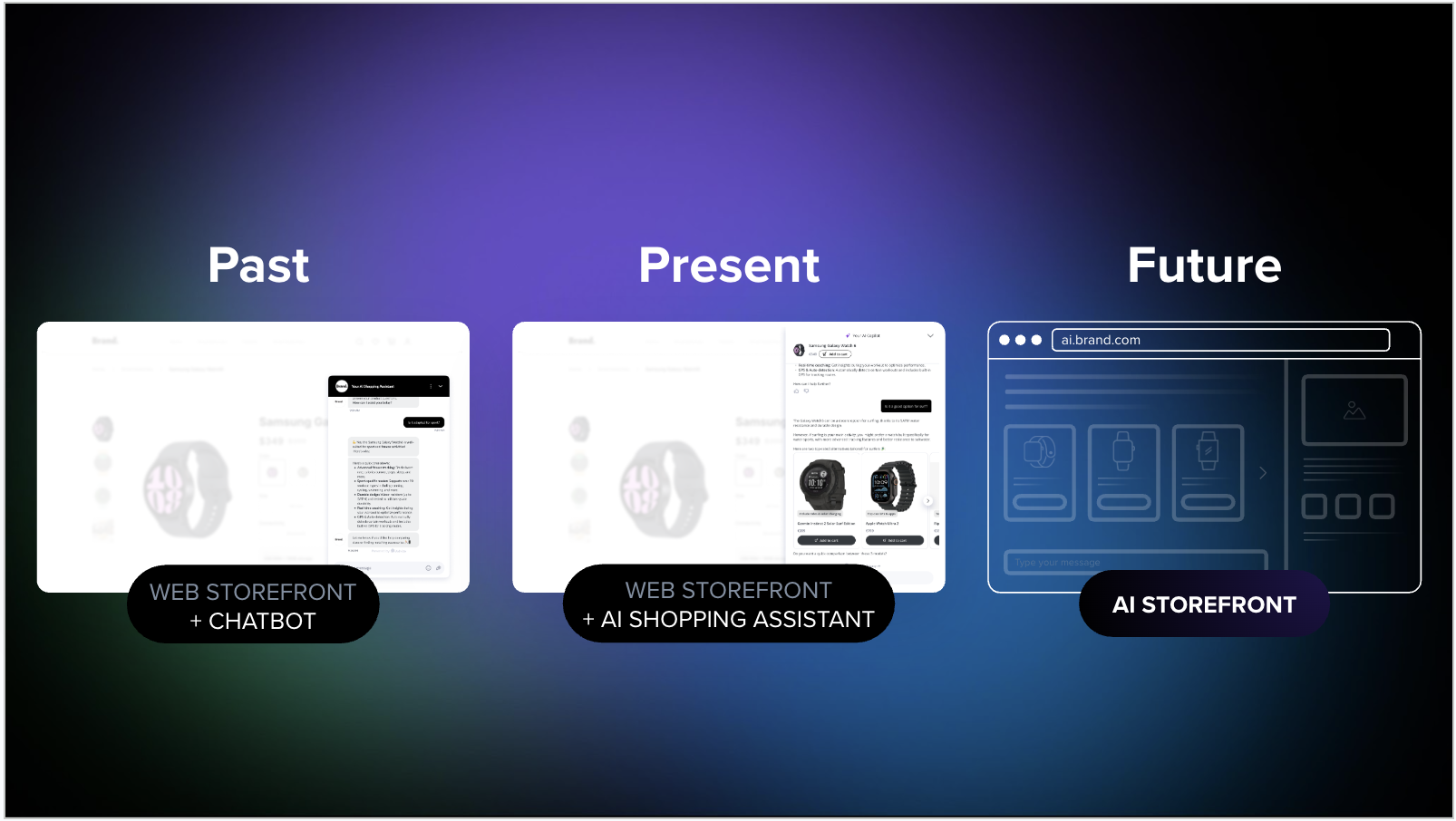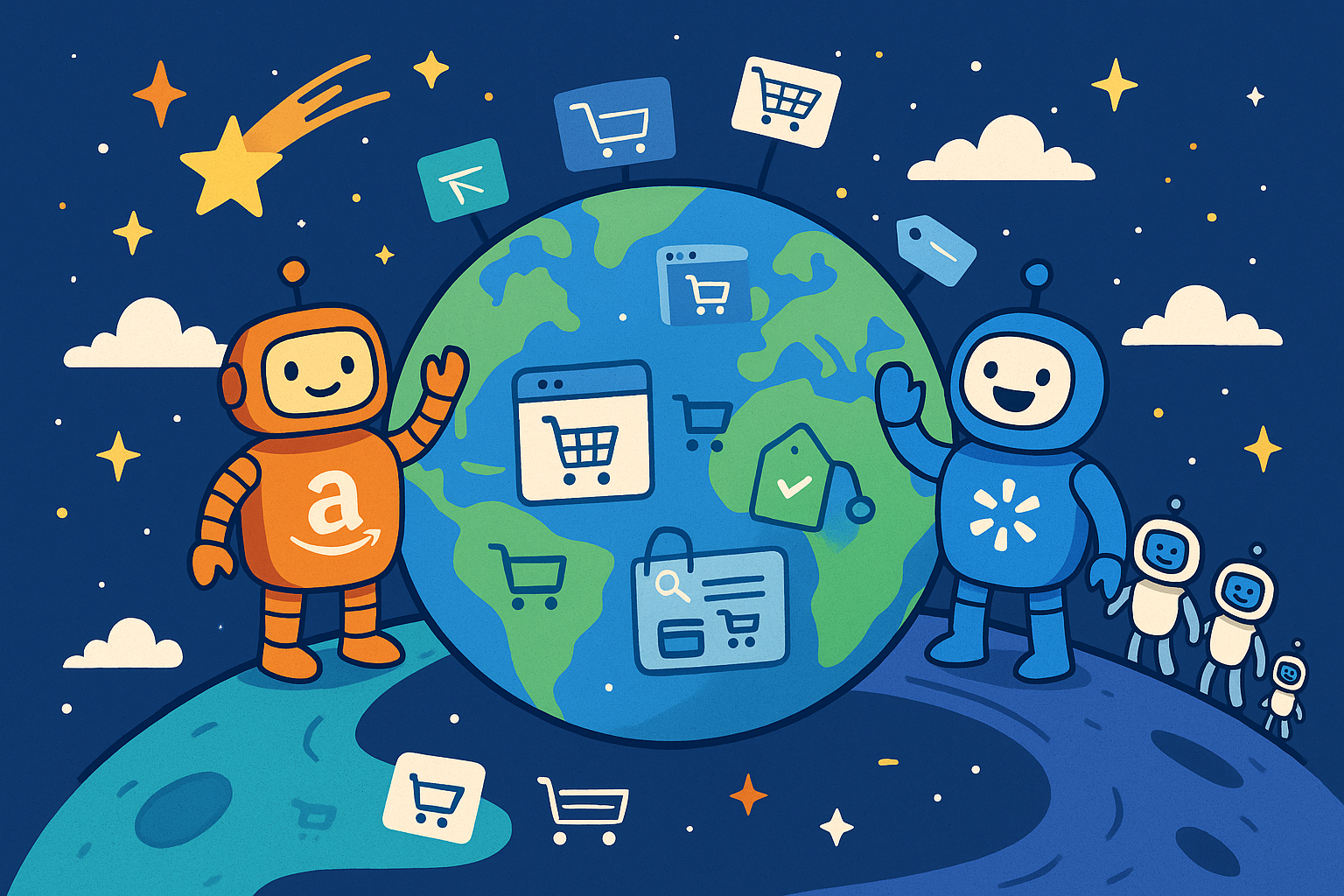4 Benefits of Using Live Chat to Provide Instant, Personalized Customer Support
iAdvize

The global market for live chat software is expected to be worth more than $1.4 billion dollars by 2030. It's clear that these tools are invaluable for businesses hoping to more effectively communicate with their customers. But there are still a handful of variables to demystify, as well as things to consider when choosing the appropriate service, to ensure success. Let's take a look at what enterprise companies need to know.
What is Live Chat for Support?
Definition and Overview
The main role of any live chat for support software is fairly simple—to provide shoppers the means to interact with the company. This type of customer service solution can address common questions, highlight the latest products, and provide personalized recommendations.
How Live Chat Support Works
The mechanics behind live chat support are intended to present customers with an online conversational platform, often seen as a widget embedded within a website. Other examples include messaging services and mobile apps.
Automated systems will also help to bridge the gap between smart chatbots and human representatives. Live chat is another arrow in the quiver in terms of modern customer support, and it's become vital to the e-commerce industry.
Agility, like in the form of seamless CRM integration, is another important aspect of live chat for support. It's crucial that agents can access customer data alongside their buying history so they're able to provide personalized solutions.
Working in tandem with existing in-house customer service workflows allows businesses to provide the right answers at the right times; one of the best practices to ensure loyalty and satisfaction.
Benefits of Live Chat for Customer Service
1. Enhanced Responsiveness
Online shoppers expect immediate response times and accurate answers to their questions. Consumer electronics retailer, Vanden Borre, was searching for a more efficient way to address the volume of common client inquiries. This was no easy task considering that their website contained more than 15,000 product pages.
After implementing the latest live chat solution, their customer satisfaction rate increased by 28%. Vanden Borre was also able to enjoy fully automated conversion rates of 58%, twice as many as their previous chatbot produced.
2. Personalized Customer Interactions
It's no longer enough for a chatbot to offer basic product information. Shoppers crave an experience that can be tailored to their tastes. Thanks to recent innovations, such as the introduction of generative AI, several queries can be addressed, and personalized, at scale.
The flexible nature of these platforms also provides additional ways to customize the shopping experience, including:
- Product suggestions based on previous browsing habits
- Instantaneous responses to common inquiries
- Rapid checkout times
- Data-driven insights that can be used by businesses to better understand their target audience
3. Increased Efficiency and Productivity
Another advantage that automated conversation software can provide involves in-house efficiency, especially when handling a large volume of inbound queries. Unified agent desks can now handle multiple conversations simultaneously, which allows representatives to focus on more complex cases or other important tasks related to client relations. Let's look at another example.
Fashion brand, IKKS, was in desperate need of live chat software capable of handling increased call volumes. With the help of strategic automation, they partially or fully automated more than 80% of their customer interactions.
In fact, 18% of all conversations resulted in a conversion. IKKS was also able to more effectively allocate existing resources (such as the administrative duties that agents would otherwise have to perform), and this led to greater efficiency and an impressive ROI.
4. Improved Customer Engagement and Satisfaction
The most apparent benefit of live chat for support is directly related to the end-user experience. We aren't only referring to the checkout process, because client engagement is just as important, and taking a proactive stance could transform a prospect into a buyer.
For instance, a recent survey found that nearly 60% of all online shoppers abandoned their cart, stating that they were merely browsing. This represents a missed opportunity in terms of conversion, and e-commerce companies could leverage AI-powered shopping assistants to capture those browsers and turn them into buyers.
There may also be times when a visitor is on the fence or uncertain whether to complete a purchase. Perhaps they have a question about a product, are confused about the payment options, or wish to find out more about a warranty. Any of these situations could be easily addressed by automation or support from a smart chat platform.
Implementing Live Chat for Effective Customer Support
We've now seen the benefits that live chat for support can offer. There are still many factors to analyze before committing to a specific product, and we'll outline some of the most practical below.
Choosing the Right Live Chat Software
We need to remember that creating a good customer experience at scale is the name of the game. This is also why platforms powered by generative AI are the most logical solutions. Here are some of the unique advantages that these systems offer:
- Optimized integration with other CRM systems such as Salesforce, Zendesk, and Google Analytics
- Insightful reporting thanks to intuitive dashboards
- The ability to quickly transition between chatbots and human agents
- Compliance with privacy and security protocols like the AI Act, GDPR, and regional offshoots like CCPA

Best Practices for Live Chat Support
Let's now assume that an e-commerce professional on the hunt has found an appropriate solution. The next necessary step is to ensure that the system can accommodate unique business requirements.
Here's a quick checklist of some areas to address before its official launch:
- Ensure that the software aligns with ongoing business objectives
- Define the ideal shopping experience (factors could include dealing with high inbound website volume, accommodating recurring requests, and the ability to escalate to human agents)
- Deciding which features are important (translation services, available languages, tone of voice, the types of requests that are handled, and 24/7 availability are some examples)
- Linking the chatbot with existing data sources
- Ensuring that safety and security are never compromised
- Tracking present and future KPIs
Integrating Live Chat With Other Customer Support Channels
Live chat for support must never be a standalone tool. It should be integrated with other existing channels and tools so that shoppers can enjoy a seamless overall experience. Thankfully, most modern bundles are equipped with tools specifically designed to accommodate an omnichannel presence. When help is required, customers will be able to access multiple points of contact.
Measuring the Impact of Live Chat for Support
Key Metrics to Track
Stakeholders should take a flexible approach to measurement, and it's vital to understand the effects that this level of support has on the buyer's journey. A number of metrics should be regularly evaluated so that all stakeholders are provided with the big picture. Here are some factors to examine:
- Customer satisfaction score (CSAT)
- Net promoter score (NPS)
- Response time
- Resolution time
- Customer effort score (CES)
- The accuracy of automatically generated answers
- The types of frequently asked questions, and if these should be updated or modified
Still, the main point is to drive revenue. This is ultimately determined by conversion rates, and all of the factors outlined above will come into play. When generative AI chatbots are paired with human agents, nothing will be left to chance.
Analyzing Customer Feedback
Even the most advanced live chat for support systems will require adjustments on occasion. Agility is therefore a final concern, and this comes in the form of client feedback. What have they had to say about their personal experiences? Are there any complaints that seem to regularly resurface? What about positive reviews? What features do shoppers like the most?
All of these insights will provide an invaluable way to further refine the overall engagement process and platform performance. Rome was not built in a day, and adapting chatbots to meet the needs of a specific business is an ongoing process.
Current research indicates that the market for live chat support is growing at a compound annual growth rate (CAGR) of just over 8.8%. This clearly indicates that the software is in high demand. Businesses that can appreciate the advantages outlined above will remain well ahead of their competition.
As technology continues to advance, there's little doubt that we'll be introduced to even more innovations. The only question remaining is which e-commerce brands and retailers are willing to take the next step, and how these systems will provide the solutions that their customers have been searching for.

.png)
.png)








